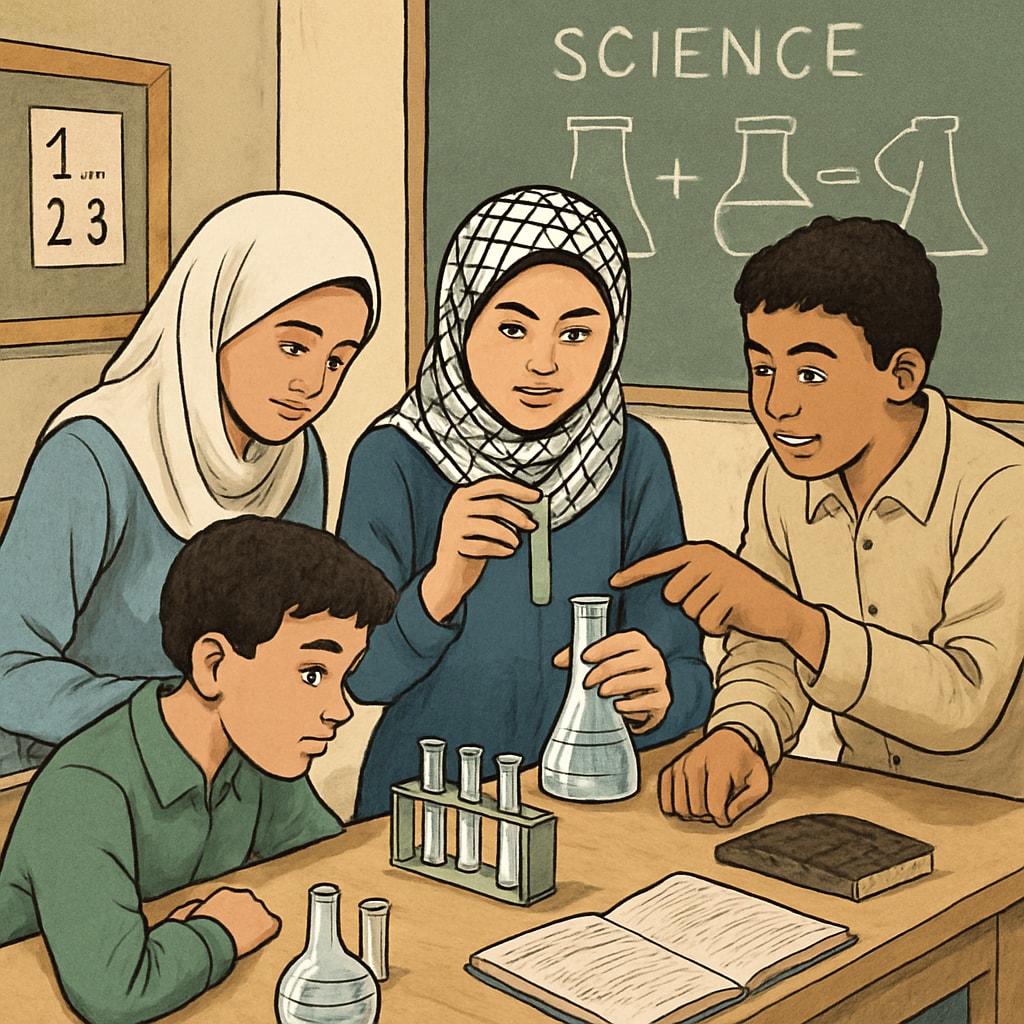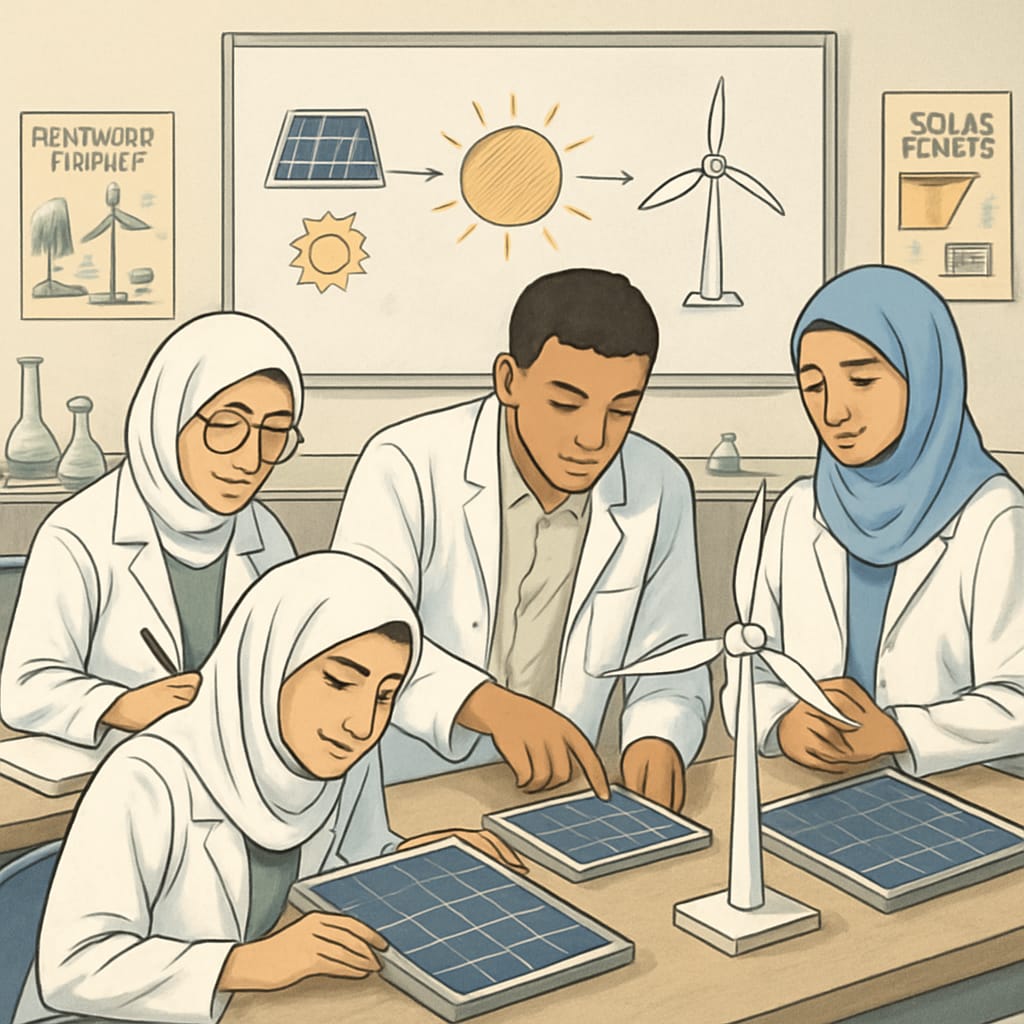The development of effective science and social studies curricula for Gaza public schools is a critical step in rebuilding education in this conflict-affected region. Addressing the urgent need for a comprehensive, culturally sensitive teaching framework, educators face the dual challenge of promoting scientific thinking and fostering values of peace and cooperation. This article explores the complexities and opportunities involved in designing curricula suitable for Gaza’s unique post-conflict educational landscape.
Challenges in Developing Curricula for Gaza’s Schools
Gaza’s public schools operate in a context shaped by long-standing conflict, economic hardship, and resource limitations. Developing science and social studies curricula requires careful consideration of local cultural values, historical sensitivities, and the pressing need to instill critical thinking and conflict resolution skills among students. Furthermore, limited access to modern educational resources and technologies poses significant hurdles for curriculum designers.

Another major challenge is ensuring inclusivity. Educators must design curricula that respect diverse perspectives, reflect the realities of the region, and avoid divisive narratives. This is particularly important in social studies, where history and cultural identity are core components.
Opportunities for Innovation in Science Education
Science education offers an avenue for students in Gaza to engage with global knowledge and develop practical skills for future employment. By incorporating hands-on experiments, problem-solving activities, and environmental science topics, curriculum developers can inspire curiosity and innovation among students.
For example, integrating lessons on renewable energy—an especially relevant topic given Gaza’s energy challenges—can empower students with both scientific knowledge and a sense of agency in addressing local issues. In addition, partnerships with international organizations can provide access to modern teaching materials and professional development opportunities for teachers.

Fostering Peace and Understanding Through Social Studies
Social studies curricula have the unique potential to promote understanding, empathy, and peaceful coexistence. By teaching conflict resolution strategies, exploring shared human values, and studying examples of successful peace-building efforts worldwide, educators can help students envision a future of cooperation and mutual respect.
In addition, integrating local cultural and historical narratives into social studies lessons can provide students with a deeper understanding of their identity and heritage, while encouraging critical analysis of different perspectives. This approach helps students develop the skills necessary for constructive dialogue and active citizenship.
A Path Forward: Collaboration and Community Involvement
Developing effective curricula for Gaza’s schools requires collaboration between local educators, international experts, and the broader community. Engaging parents, students, and community leaders in the curriculum development process ensures that the content is both culturally relevant and widely accepted.
Moreover, leveraging technology can play a critical role in overcoming resource limitations. For instance, online platforms and digital libraries can provide access to updated educational materials, enabling teachers to deliver high-quality lessons despite challenges in physical infrastructure.
As a result of these efforts, Gaza’s schools can emerge as centers of learning, resilience, and hope, equipping the next generation with the tools they need to build a brighter future.
Readability guidance: This article uses clear headings, concise paragraphs, and lists to summarize key points. Transition words like “however,” “for example,” and “as a result” improve flow and coherence. The passive voice is minimized, and sentence length is controlled for readability.


